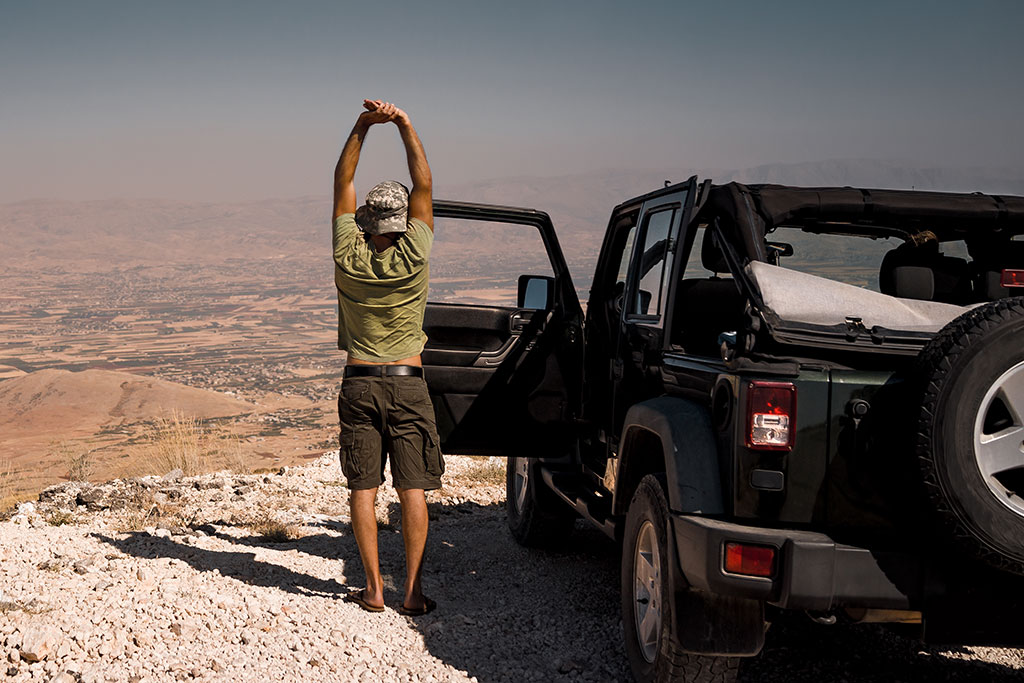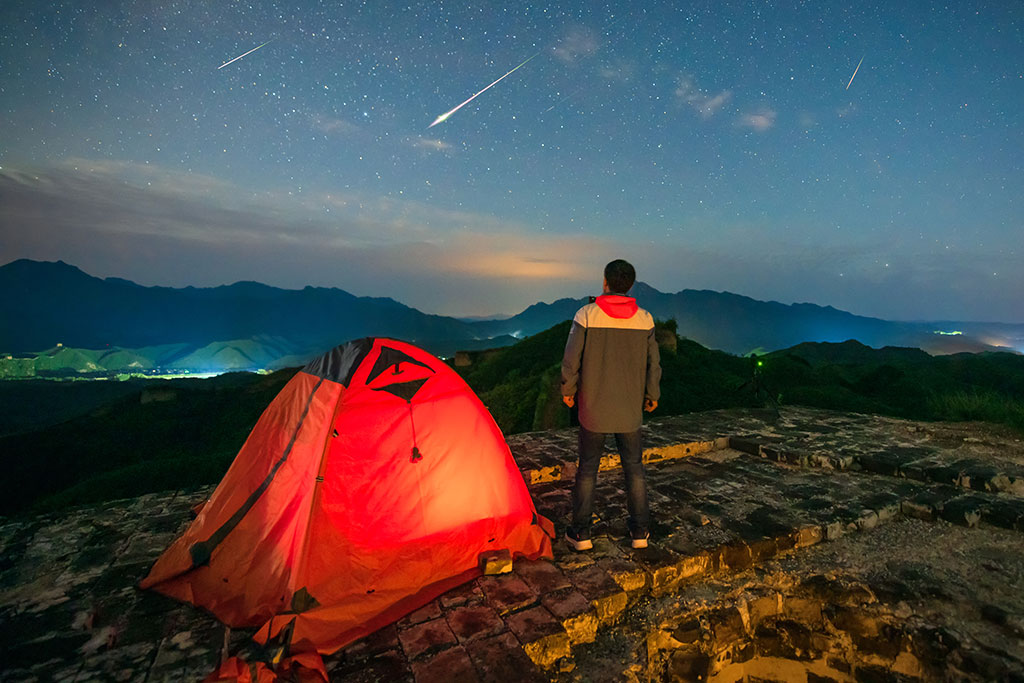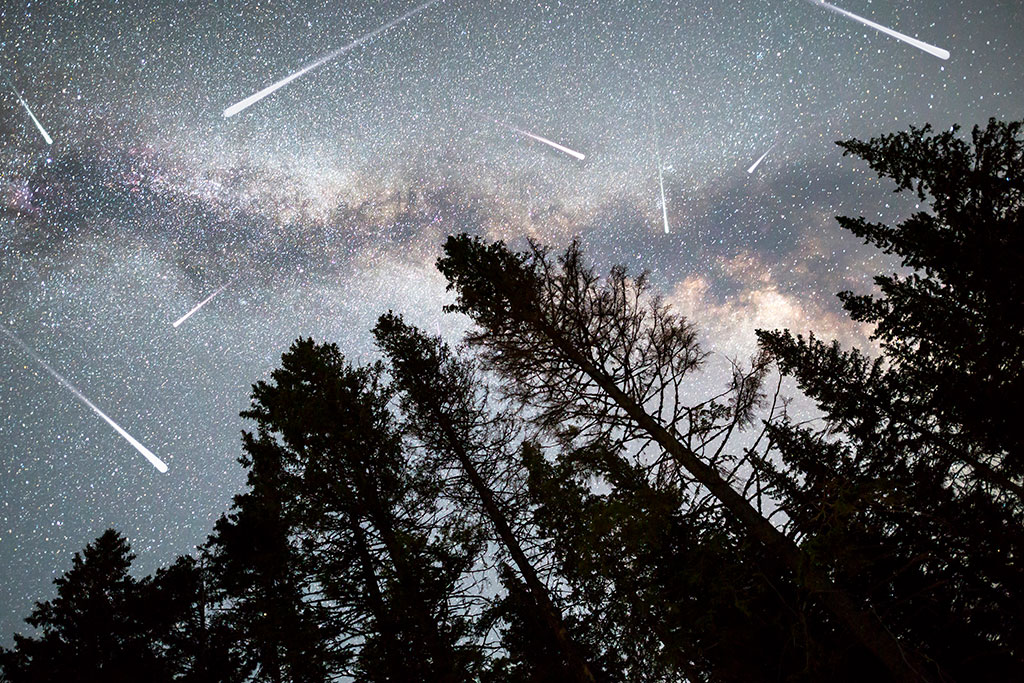Array
(
[0] => Array
(
[item_type] => phone
[content] => Array
(
[label] => Office
[number] => 3058090790
[extension] =>
)
)
[1] => Array
(
[item_type] => email
[content] => Array
(
[label] => Office
[email_address] => experience@amidawealth.com
)
)
[2] => Array
(
[item_type] => website
[content] => Array
(
[label] =>
[value] => www.amidawealth.com
)
)
[3] => Array
(
[item_type] => address
[content] => Array
(
[label] => Office
[addressee] => Amida Wealth Advisors
[address1] => 218 NW 24TH ST
[address2] =>
[city] => MIAMI
[state] => FL
[zip] => 33127
)
)
)
?>
Does the peak of summer tempt your wanderlust? If so, heed the call to blaze your trail across the nearly four million miles of American asphalt. Whether you go it alone, grab a friend, or pack up the whole family, it’s about time you burned rubber toward the pristine beaches, mountain trails, far-off loved ones, and landmarks that have lingered on your must-visit list for way too long. But before you hit the road, invest a little time in preparing for your long-distance travel. Even an unscripted road trip has a few basic essentials beyond a car and a thirst for adventure.
Prepare your vehicle

Every road trip movie has an inevitable burnout scene: the engine sputters, and the driver pulls onto the shoulder, then raises the hood to release a cloud of smoke. If you’d rather not be in those shoes, schedule a few maintenance tasks for your vehicle ahead of your trip. Popular Mechanics recommends checking the six essential fluids—engine oil, power steering fluid, brake fluid, engine coolant, transmission fluid, and windshield wiper fluid—before any long drive. You should also check your tires’ air pressure before departing and after every 1,000 miles traveled.
For extra assuredness, hand your vehicle over to a mechanic for a comprehensive safety inspection. And if you notice anything concerning while driving, like unusual noises or odors, find the nearest auto shop; a pit stop may throw off your schedule—or free-spirit vibe—but so would a roadside breakdown. Just in case, stock your car with practical essentials, such as jumper cables and a flashlight. For a list of what to include in your emergency car kit, download the guide below.
Finally, remember to fuel or charge up before long drives, and always carry your driver’s license and an up-to-date copy of your auto insurance.
Prepare yourself

Even if you’re a road warrior in your own right, take care to prepare your mind and body for the rigors of long-distance travel. Get seven to nine hours of sleep every night before you get behind the wheel, and eat a nutritious meal before you depart—but avoid overeating, which may just make you sluggish.
Pack appropriately
Packing light can keep your vehicle unburdened, but don’t skimp on road trip necessities, the most basic of which is currency. Any beatnik inclinations aside, you need a combination of cash and cards for everything from fuel and accommodations to souvenirs if you want to have a satisfying road trip. Additionally, even if you’re eager to go off-grid, you should still bring a cell phone for emergencies and navigation assistance. And always pack an extra charger for when you inevitably leave the other in a hotel room outlet.
You’ll also want to prepare for other contingencies as you travel. Pack enough clothing and toiletries for at least one extra full day away in case delays, changed plans, or a wayward ice-cream cone depletes your supplies. Include extra items for your little ones too—they always seem to be messier when you’re far from home. If you have a furry companion, protect your upholstery from damage with this Frisco Seat Cover, and make sure to let them out every time you make a pit stop.
Gather your gear

If you plan to spend your nights camping, be sure to research legal campgrounds along your route rather than pitching a tent unpermitted. Look up each campground’s rules—its website or entrance booth will likely post information about fire regulations, trash disposal, and more. Pack a tent, cooler, safety equipment, hygiene goods like biodegradable soap, and cooking tools. So that you leave only footprints behind, take a traveler’s dining set like this Coleman pack in lieu of plastics.
Other adventure tools are the traveler’s choice, such as a high-resolution camera for documenting your travels, a notepad for collecting your open-road thoughts, and sports equipment like bikes or kayaks for when a local park allows them—and the scenery triggers your adrenaline.
Take nourishment

Water and satisfying snacks are must-haves. If you anticipate traveling long hours outside of civilization, bring a cooler packed with balanced foods like bread, peanut butter, honey, and apples as fare for roadside picnics. (The wicker basket and buffalo check blanket are optional.) This Igloo cooler is roomy and well insulated but affordable, and it’s also a handy mobile bench.
Plan your route
If you have a specific destination in mind, pull up your favorite navigation app and review all recommended routes, taking note of road closures, tolls, and high-congestion roadways before choosing an approach. If you’re setting out with only the depths of your soul or a mental breakthrough as your destination, review the current conditions along your path out of town and scan the surrounding highways during each break for travel interruptions so you know which paths to avoid.
Practice good driving habits

To prevent driving sores, sit up straight in the captain’s seat, and pull over at a rest stop or safe parking area approximately every two hours to get out of the car and stretch your legs. This will also help you avoid “highway hypnosis,” which is when your attention blurs and endless roadways start to feel too redundant to hold your focus, and give you a chance to have a snack, get caffeinated if you partake, and switch drivers if possible. As a bonus, you can use these stops as opportunities to take in the local flavor, especially in unfamiliar areas.
Stay entertained

If you’re more invested in the destination than the journey, a long road trip may feel like a slog to you, so prepare a bevy of entertainment to help the clock and odometer spin a little faster. Queue up your favorite music, audiobooks, and podcasts—it’s a good thing you have that extra phone charger—and bring activities for impatient passengers. Toys and portable video game consoles are particularly effective at silencing back seat complaints. For collaborative fun, turn to tried-and-true road trip games like Twenty Questions and Would You Rather? If those don’t suffice, check out The Road Trip Expert for dozens of other game ideas you can try.
A breadth of opportunities
No matter where you’re coming from or where you’re headed toward, there’s always something unexpected and fresh to experience on the way: a state park, historic landmark, or diner favored by truck drivers and other roadsters. If you’re unsure what awaits you on your unique route, Road Trip USA offers must-see recommendations ranging from conventional tourist stops to our nation’s best-kept secrets—and everything in between.
Download the Ultimate Car Emergency Kit PDF
Up next:
Meteor Mania




































